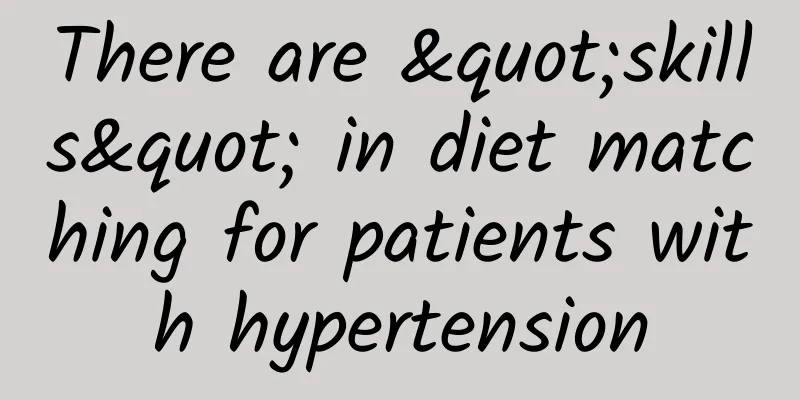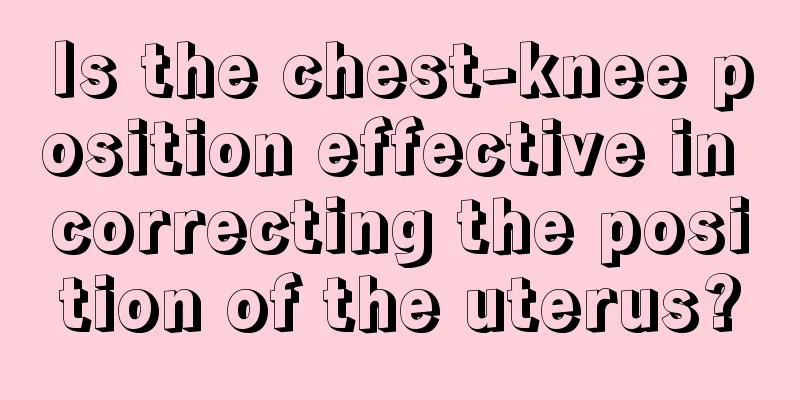There are "skills" in diet matching for patients with hypertension

|
Author: Qin Lili, Jining First People's Hospital, Shandong Province Reviewer: Zhang Haiguo, deputy chief physician, First People's Hospital of Jining City, Shandong Province Hypertension is a common chronic disease, gradually becoming an invisible killer that affects people's health. Its occurrence is closely related to genetic factors, eating habits, lifestyle, etc. Among them, diet is a key link in the prevention and control of hypertension, and its importance cannot be ignored. Below, we will open a diet matching memo for hypertensive patients, and explore how to achieve harmonious coexistence of blood pressure and health through a reasonable diet. 1. Control salt intake and protect cardiovascular health A high-salt diet is a risk factor for the development of hypertension. Excessive salt intake can lead to water and sodium retention in the body, increase blood volume, and thus increase blood pressure. Therefore, patients with hypertension should strictly control their salt intake. In daily life, try to choose low-salt foods and reduce the intake of pickled foods and salty snacks. When cooking, use substitutes such as spices and vinegar to enhance the taste of food while reducing the amount of salt. Figure 1 Copyright image, no permission to reprint 2. Low-fat diet, unblocking blood vessels without burden High-fat foods not only easily lead to obesity, but also increase the cholesterol content in the blood, increasing the burden on blood vessels. Hypertensive patients should adhere to a low-fat diet and give priority to meats such as fish and chicken breast that are rich in high-quality protein and low in fat. At the same time, reduce the intake of high-fat foods such as fatty meat and animal offal to keep blood vessels unobstructed. 3. Balance of potassium and calcium ensures stable blood pressure Potassium and calcium are important minerals for maintaining stable blood pressure. Foods rich in potassium include bananas and spinach; foods rich in calcium include milk and tofu. Hypertensive patients should increase their intake of these foods to maintain the balance of potassium and calcium in the body, which helps stabilize blood pressure. 4. Fruits and vegetables together provide comprehensive nutrition and help improve health Vegetables and fruits are rich in nutrients such as vitamins, minerals and dietary fiber, which have a good health care effect on patients with hypertension. For example, green vegetables are rich in folic acid and vitamin C, and fruits are rich in potassium, which can help prevent hypertension and maintain blood pressure stability. Therefore, patients with hypertension should eat more vegetables and fruits to ensure a balanced intake of nutrition. Figure 2 Copyright image, no permission to reprint 5. High-quality protein is essential to make your body stronger and more powerful Protein is an important component of the body and is of great significance for maintaining life activities. Hypertensive patients should ensure that they take in a moderate amount of high-quality protein while controlling fat intake. Lean meat, fish, eggs, milk and other foods are good sources of high-quality protein. A moderate intake of these foods can help improve immunity and maintain good health. Figure 3 Copyright image, no permission to reprint 6. Eat regularly and in moderation, and live a healthy life with a rhythm In addition to food selection, the regularity and quantity of diet are equally important. Hypertensive patients should follow the principle of "rich breakfast, moderate lunch, simple dinner" and avoid overeating. At the same time, ensure that the diet is regular and quantitative, so that the body can adapt to a stable eating habit. This helps to maintain blood pressure stability and promote physical health. In short, the diet of patients with hypertension should be low in salt, low in fat, balanced in potassium and calcium, with more fruits and vegetables, and a moderate amount of high-quality protein, while maintaining the regularity and quantity of the diet. Through a reasonable diet, we can better control blood pressure and maintain good health. Of course, diet is only one aspect of controlling hypertension. Patients should also receive standardized treatment and blood pressure monitoring under the guidance of a doctor to achieve the best treatment effect. |
<<: The mystery of fragility fractures: Why do bones become so fragile?
>>: Do you know about Coronary Artery Disease?
Recommend
What are the recipes for women's health in autumn?
A woman's physical health and skin image are ...
Do you know the side effects of propolis for women?
Propolis is a health food with extremely high nut...
Will breastfeeding cause menopause?
For women, menstruation is one of the indicators ...
What is the reason for a woman's cold stomach?
Women's bodies are very susceptible to cold, ...
Do I need to take folic acid when I'm pregnant?
Folic acid is a substance that can improve the qu...
Children's eyes itch in spring, beware of allergic conjunctivitis
□ Tao Hai In spring, everything comes back to lif...
How to make your breasts bigger naturally
Every girl wants to make her breasts bigger, beca...
How to identify high-quality laver? What should you pay attention to when buying laver?
In recent issues, we have been sharing with you c...
What are the symptoms of endometriosis?
Recently, a close friend of mine kept complaining...
More than 99% of cases are influenza A! Urgent reminder →
Recently, influenza has been prevalent. According...
Are skin care products with pure natural ingredients safer?
Not absolutely. When it comes to choosing skin ca...
Menstruation comes one week early
The time of menstruation is regular every month. ...
Pregnant woman with giant cell IgG positive
Pregnancy is the most important period for a woma...
Why does menstrual blood turn black after moxibustion?
After moxibustion, dark menstruation is a normal ...
What should girls do if they have severe hair loss?
If a girl often has hair loss, and it is very ser...









